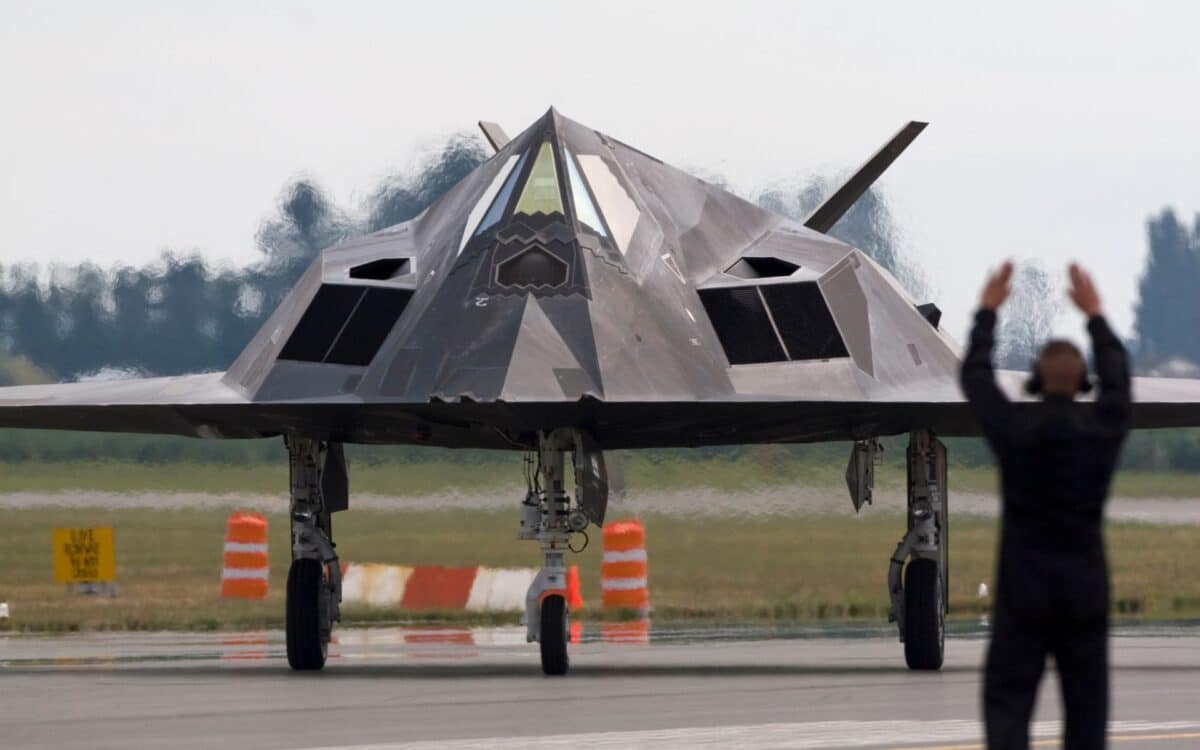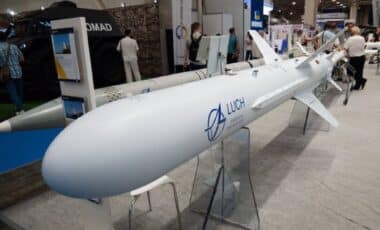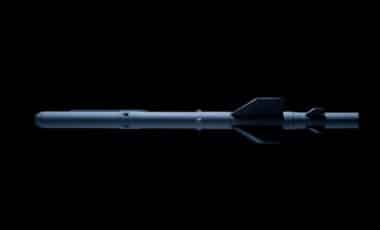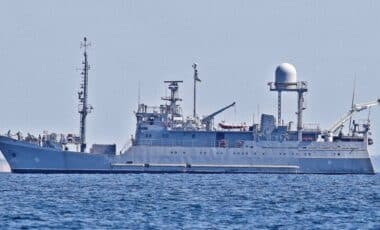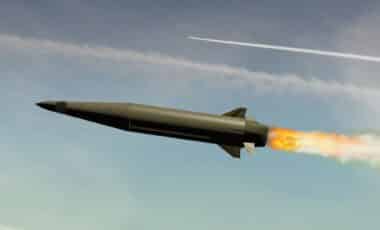China has recently lifted the curtain on its new fifth-generation stealth fighter production facilities, marking a significant shift in the global military balance. The country aired footage showcasing the first efforts in mass production of its J-35 stealth fighter, a development that could potentially change the game on the international military stage.
A $6 Billion US Nuclear Aircraft Carrier “Sunk” by a $100 Million Diesel Submarine
The J-35: A Next-Generation Stealth Fighter
The footage released by CCTV reveals the J-35 stealth fighter, designed to operate from aircraft carriers. Also known as the FC-31, this aircraft is a technological marvel, with a focus on stealth, maritime operations, and integration into network-centric warfare strategies.
One notable feature of this aircraft is the tailhooks, demonstrating its capability to be launched from an aircraft carrier, equipped with specific features for catapult launches.
A Bold Military Modernization Effort
The unveiling of the J-35 marks a clear step forward in China’s ambitious military modernization. In addition to the J-35, China also highlighted an upgraded version of the J-15, the J-15T. This model has several enhancements tailored for aircraft carrier operations, such as reinforced landing gear and a modernized catapult system.
These developments are part of a broader strategy aimed at building a world-class air force capable of operating in both land and maritime environments. This represents a pivotal moment in the strengthening of the People’s Liberation Army (PLA).
Industrial Expansion and China’s Military Build-up
The footage also sheds light on the significant expansion of China’s industrial capacity, particularly at the Shenyang Aircraft Corporation. An investment of 8.6 billion yuan has resulted in the construction of new facilities covering 4.2 square kilometers. These facilities are dedicated to the mass production of the J-35, which is key to rapidly enhancing China’s military aviation capabilities.
China’s ability to develop cutting-edge industrial infrastructure sends a clear signal of its intent to become a global military leader. In the long run, this defense industry strengthening could allow China to deploy a next-generation air force that is both sophisticated and numerous.
Mixed International Reactions
The accidental appearance of the J-35 in the footage about the J-15T sparked mixed reactions among military experts. Some expressed doubts about the true intentions behind this information leak, while others praised China’s transparency about its military capabilities.
Military analysts emphasize that these images confirm the start of mass production of the J-35. There is no doubt that this announcement will impact global military strategies, particularly in Asia, where geopolitical tensions are already high, especially with the United States and its allies.
The Fujian Aircraft Carrier and China’s Naval Strategy
China is not only developing new fighter jets. The Fujian aircraft carrier, equipped with electromagnetic catapults, is currently undergoing sea trials and could enter service by the end of the year. This next-generation carrier will further bolster China’s ability to project military power on a global scale.
This new class of aircraft carriers, combined with stealth fighters like the J-35, will enhance China’s presence in strategic regions such as the South China Sea, an area of intense international rivalry.
A Strong Political and Strategic Message
By showcasing its new production facilities and military capabilities, China sends a powerful message to the rest of the world. It is not only displaying its growing military power but also asserting its ambition to become a dominant geopolitical force.
These technological advances in aviation and defense serve as a signal of rapid modernization, prompting other world powers to adapt their own defense strategies and reconsider their approach in the face of an increasingly assertive China.

